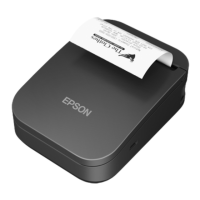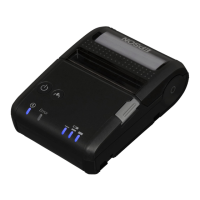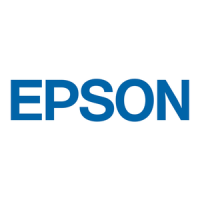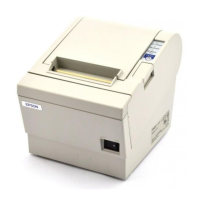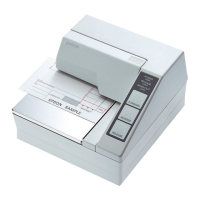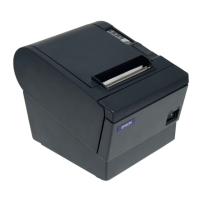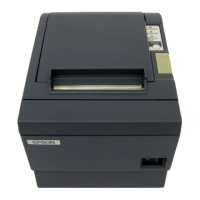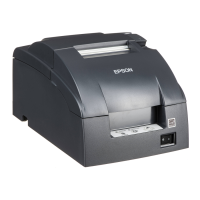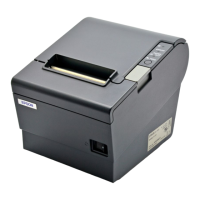Chapter 3 Application Development Information
63
3
*1 OLE technology developed by Microsoft divides software into part blocks. The OPOS driver is presup-
posed to be used with a development environment, such as Visual Basic, unlike ordinary Windows driv-
ers. It is not a driver to be used for printing from commercial applications.
*2 This guide describes general information on how to control printers using the OPOS ADK (in the chap-
ter “POS Printer” and “Appendix A”). It does not describe Epson’s specific functions.
JavaPOS ADK:
JavaPOS is the standard specification which defines
an architecture and device interface (API) to access
various POS devices from a Java based system. Using
JavaPOS standard API allows control with Java-
based applications of functions inherent to each
device. A flexible design with Java language and
JavaPOS enables many different types of computer
systems, such as stand alone or network
configuration, to use a same application. You can
use JavaPOS to build applications and drivers
independently of platforms. This allows flexible
configurations using thin clients to meet the system
requirements.
JavaPOS ADK Installation Guide
EPSON TM Virtual Port Driver:
This driver is a Serial-USB and Parallel-USB conversion
driver to make an EPSON TM/BA/EU printer
connected via USB accessible from a POS
application through virtual COM ports and a virtual
LPT port. Without making changes in the POS
application that controls devices connected through
serial or parallel interfaces, devices connected via
USB can be directly controlled with ESC/POS
commands.
TM Virtual Port Driver User’s Manual
Software Manual
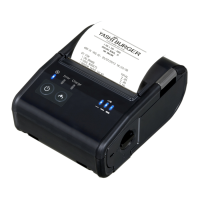
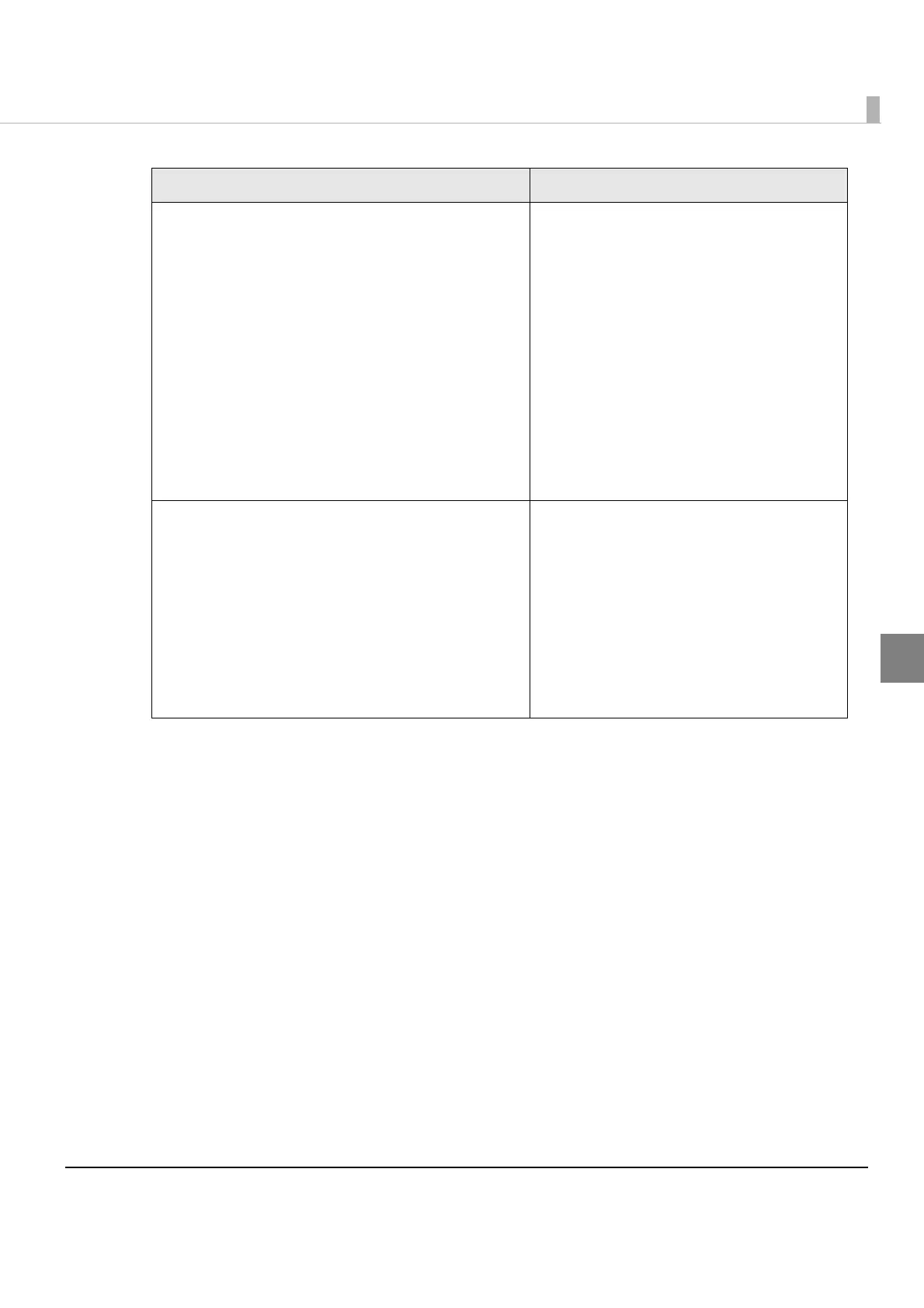